Starting seeds indoors is the first step in learning to grow your own food. Learning how to start a garden from seed is a very important skill in prepping. Food prices are going through the roof as well as the cost of those cute little plants the nursery is starting for you now and will have on sale in a few months. Why pay for that when you can do it on your own. It’s not scary. I promise and I will walk you through it step by step.
Starting Seeds Indoors-Step One, Shopping!
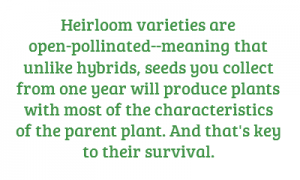 First thing you need to do is buy your seeds. Tammy made some great suggestions on where to buy seeds in this article. Preppers prefer heirloom seeds because you can save the seeds from year to year and will get the same plant each year. The ability to save seed is an important survival skill as well as a cost saving measure. With a hybrid if you save the seed, you will get one of the parent plants, not the same seed.
First thing you need to do is buy your seeds. Tammy made some great suggestions on where to buy seeds in this article. Preppers prefer heirloom seeds because you can save the seeds from year to year and will get the same plant each year. The ability to save seed is an important survival skill as well as a cost saving measure. With a hybrid if you save the seed, you will get one of the parent plants, not the same seed.
There are lots of cool stories about people immigrating to this country with seeds sown into the hems of their dresses to have their plants from the ‘old country’ here. Heirlooms just have great tradition and are sustainable. So if you are learning to garden for the ability to grow your own food, start stocking up on heirlooms.
This year I choose to order the bulk of my seed from Johnny’s Selected Seeds. They have an artichoke variety I am interested in trying so I decided to place most of my order through them. Since these are new plants for me, I went with the smaller seed packets of most. In some cases the price for 50 seeds was only $1 or $2 less than a packet of 250 or 500. In those cases I went with the 250 so I can add those to my seed preps. Here is what my cart looks like so far.
OG on seeds stands for Organic, F1 notes a first generation hybrid. While I certainly stock and store heirlooms, I do love to play with hybrids. How cool does that purple bell pepper look?
You don’t have to order from a fancy seed supply company. If this is your first year, then go to Lowes, Home Depot or wherever you can to pick up some packets so you can follow along in this series. Later this week I will post a tutorial on how to germinate your seeds.
Materials you will need for the How To Germinate Your Seeds Tutorial:
Seeds-some good choices for first timers in late February and early March are:
- celery
- dill
- leeks
- parsnips
- tomatoes (although we don’t want to start these too early)
- asparagus (bare root)
- carrots
- Cabbage
- garlic (bulb)
- lemon balm
- onion seeds
- thyme
Late March Starters-
- Chives
- Lettuce
- Sage
- Turnips
- Swiss Chard
The above are a good reference for my Zone 5a-5b area. Make sure you know your growing zone before buying your seed!
In addition to seed, you will need:
this list contains Amazon Affiliate links
- Drip Tray
- Dome cover or plastic wrap for humidity. You can buy these or use plastic cake covers like what you would get when buying cupcakes (ask your bakery or treat the kids)
- Jiffy Peat Pellets or
- Root riot starter cubes or
- soil-less, sterile seed starter mix like Fertilome or EKO
- chopsticks or a sharpened pencil
OK, go gather your supplies and we will plant later this week!

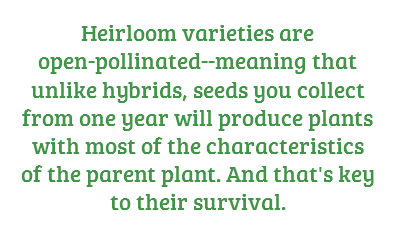
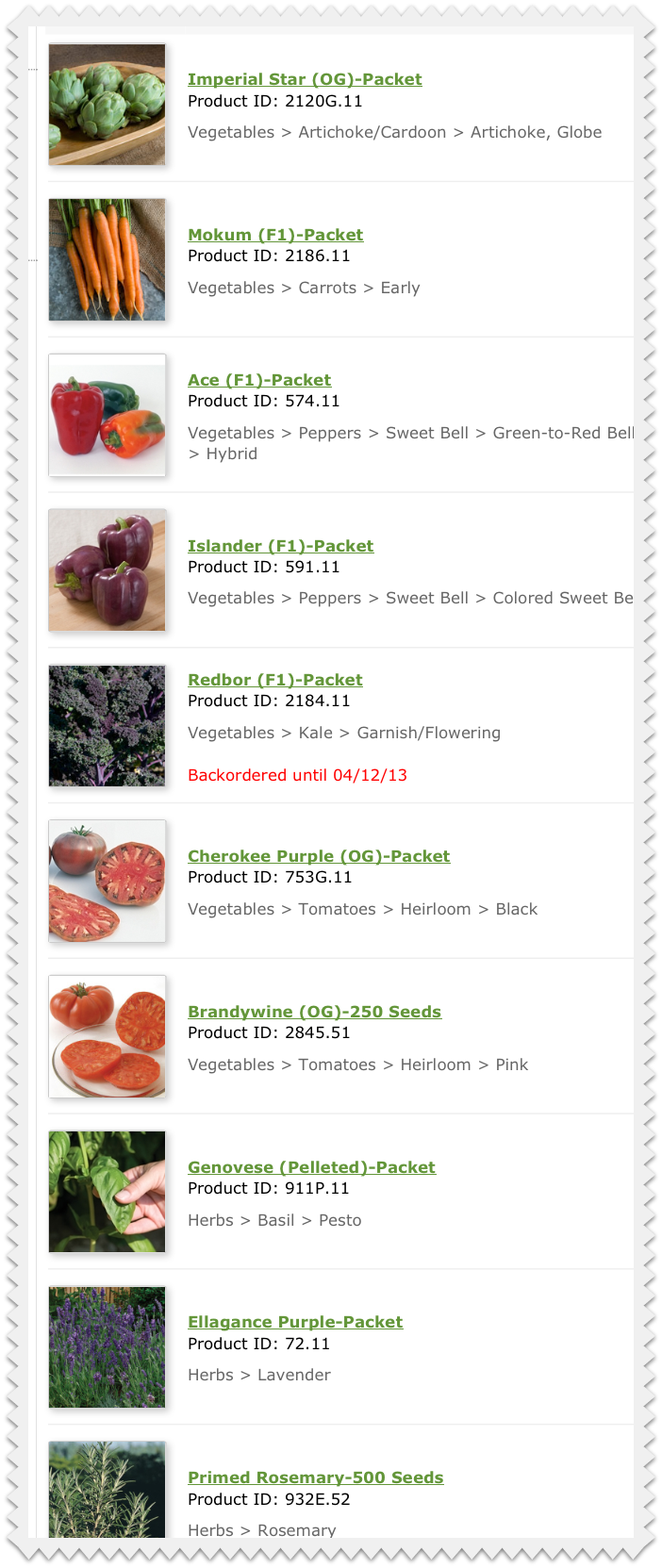
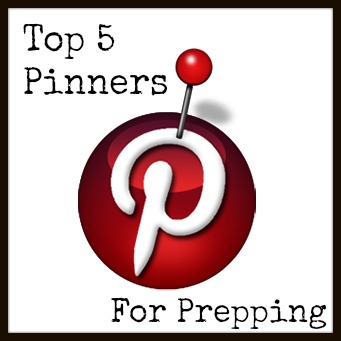 Top 5 Pinners to Follow For Prepping
Top 5 Pinners to Follow For Prepping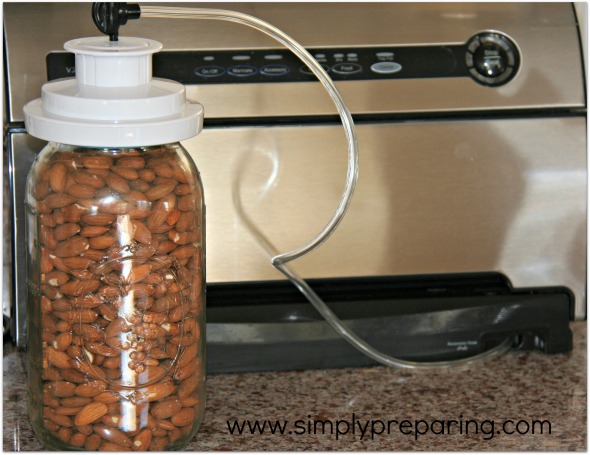 »
»
This is coming at the perfect time for me! I’m gardening challenged, but really want to put in a garden this year. Teach me, wise one.
I will! What are you wanting to grow?
typo. ” But I did not something interesting.” notice? Great article thanks!
My grandmother taught me to do that too.. I have little baggies of seeds from last year sitting in a kitchen drawer with the name of the flowers on them. Oriental Poppies do particularly well if you collect the seeds from the giant seed pods.
That is awesome!
Good write-up. I certainly appreciate this site. Keep it up!
Thanks, its perfect we are middle march at the moment. So I hope I can still use those starter seeds to have great success indoors.
thanks for this article, will definitly come back to this website.
Keep it up